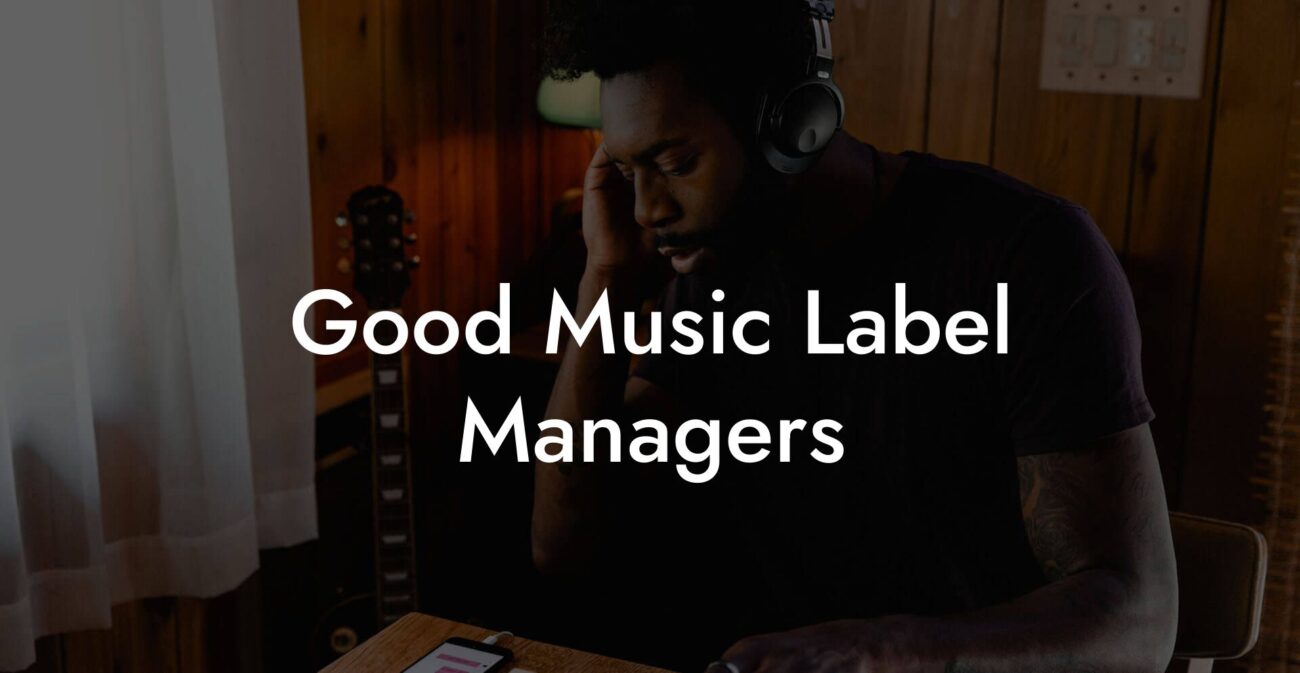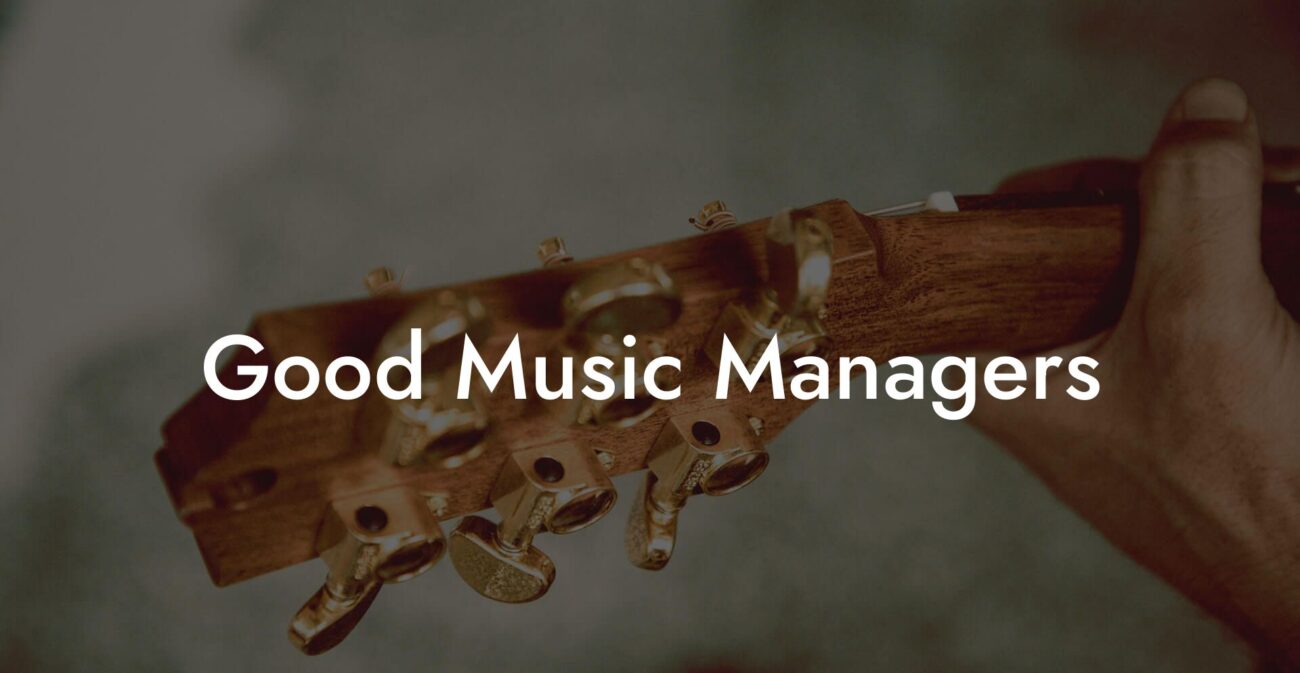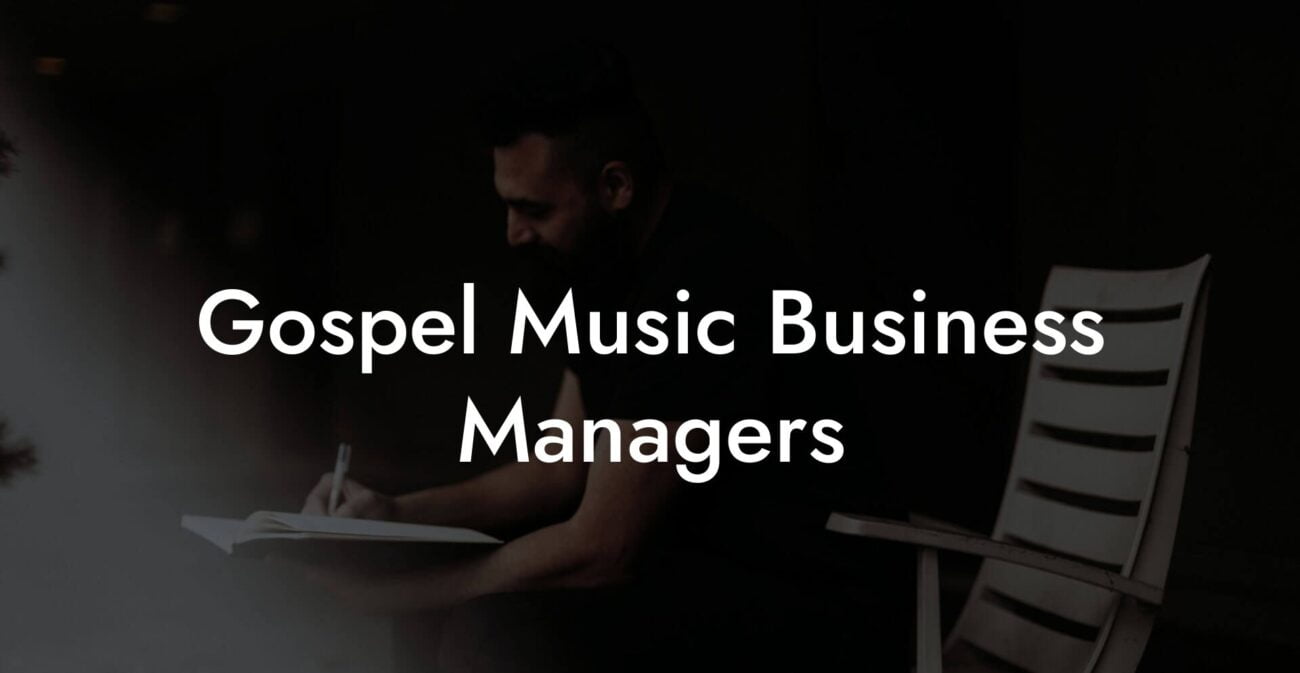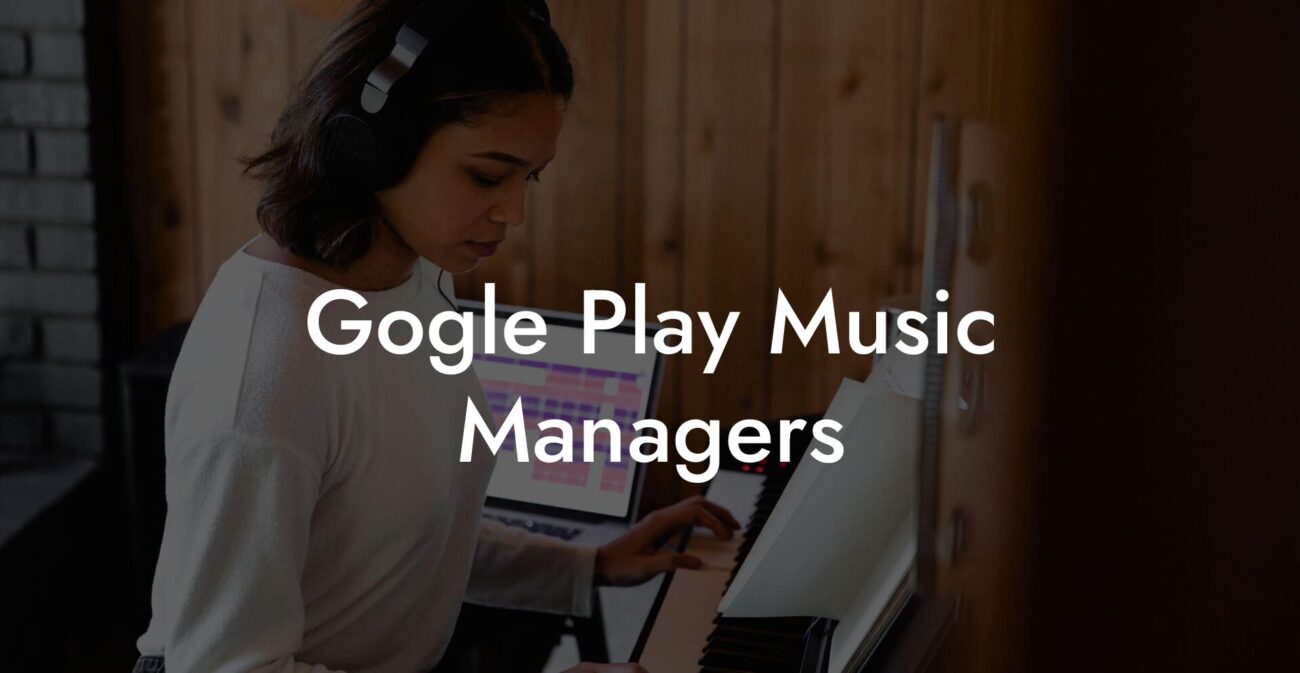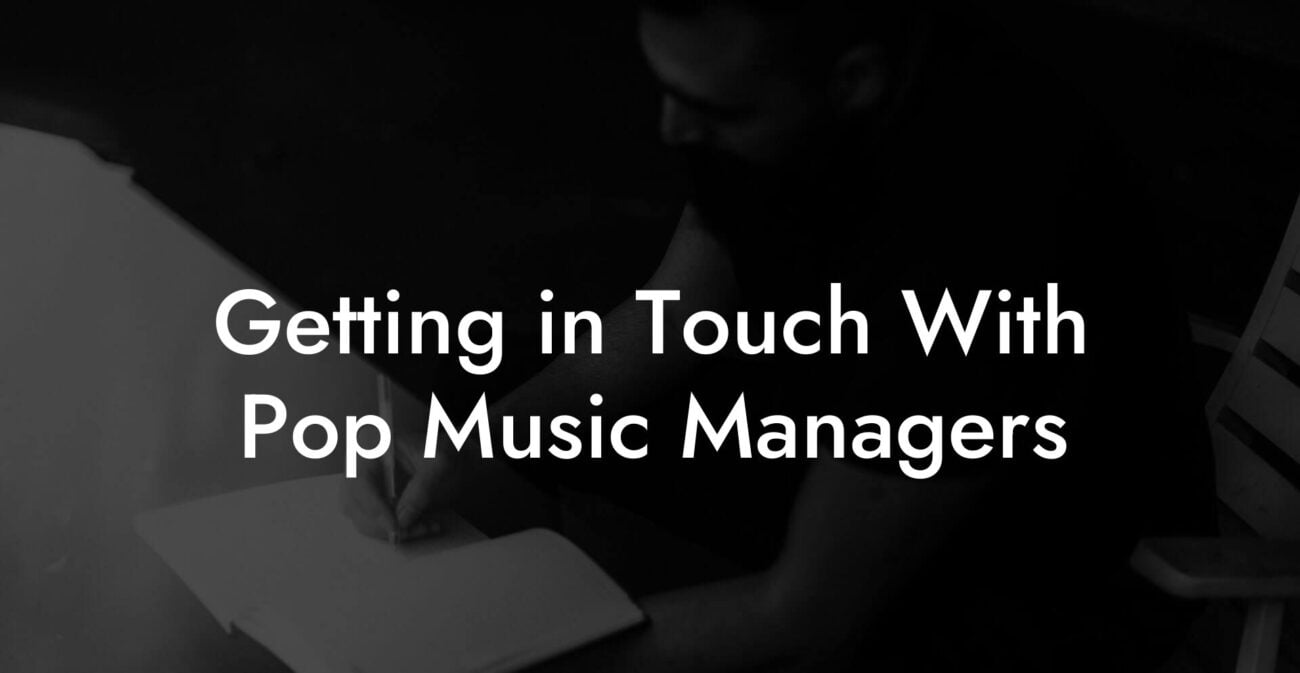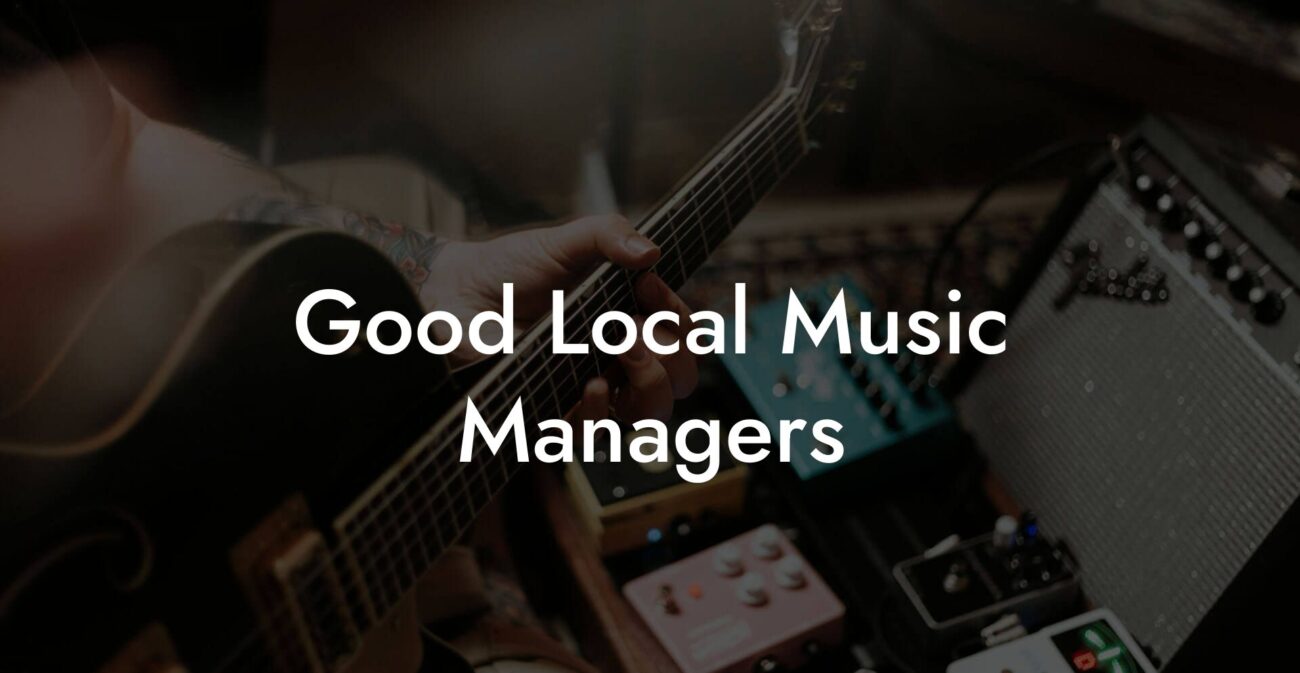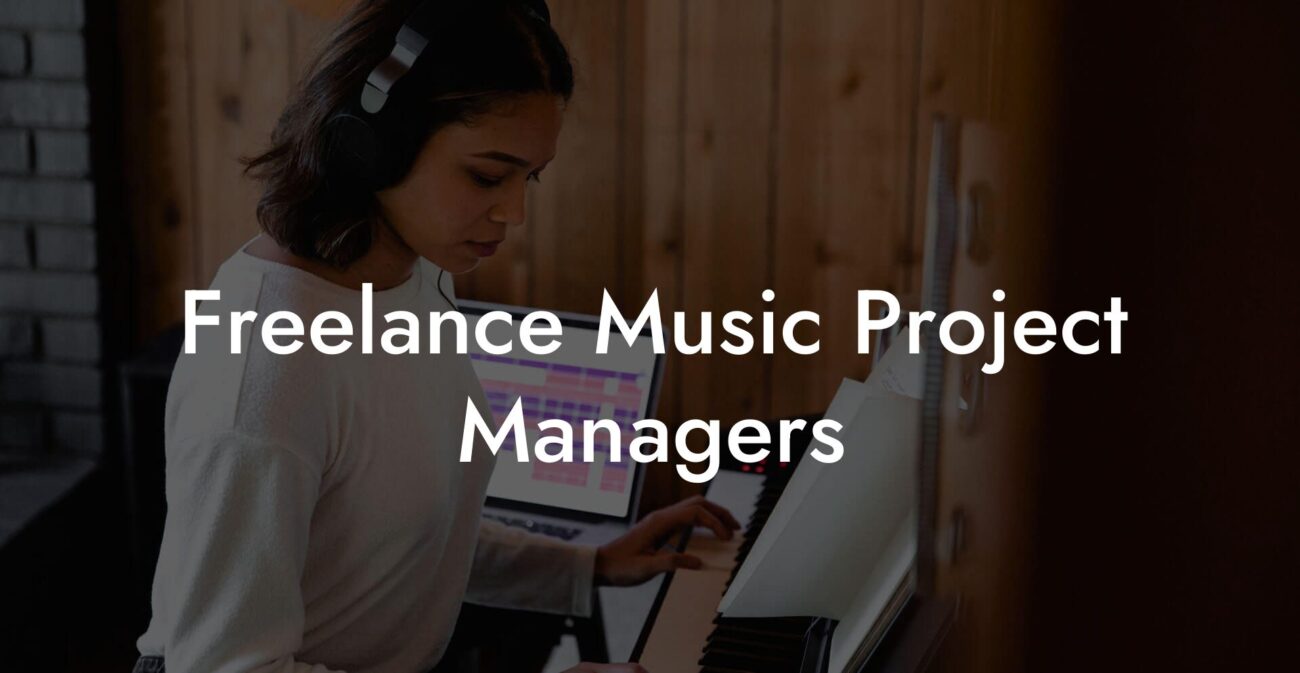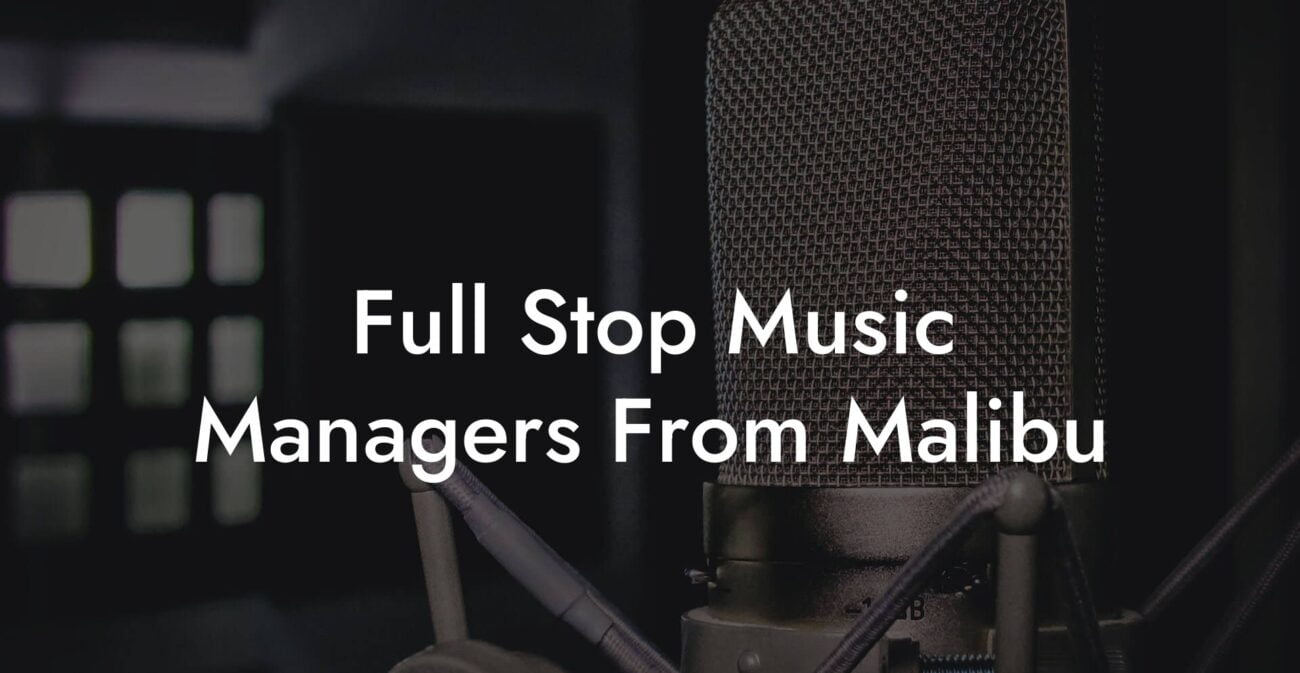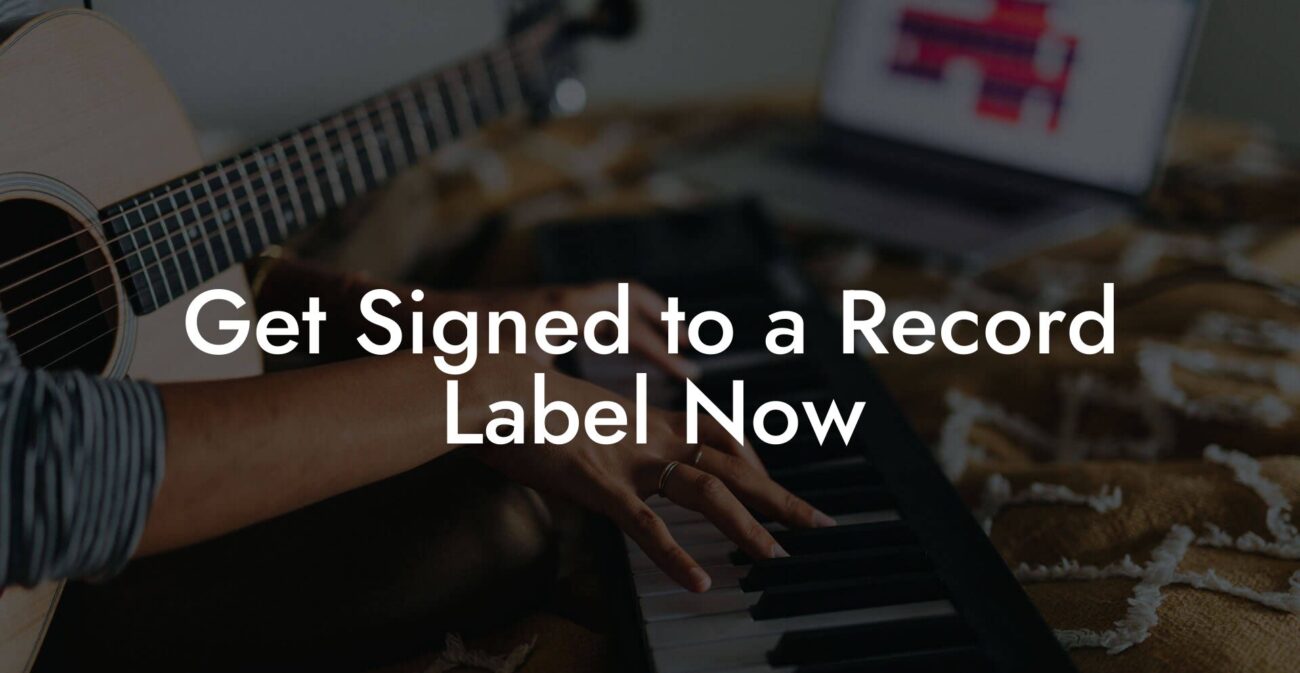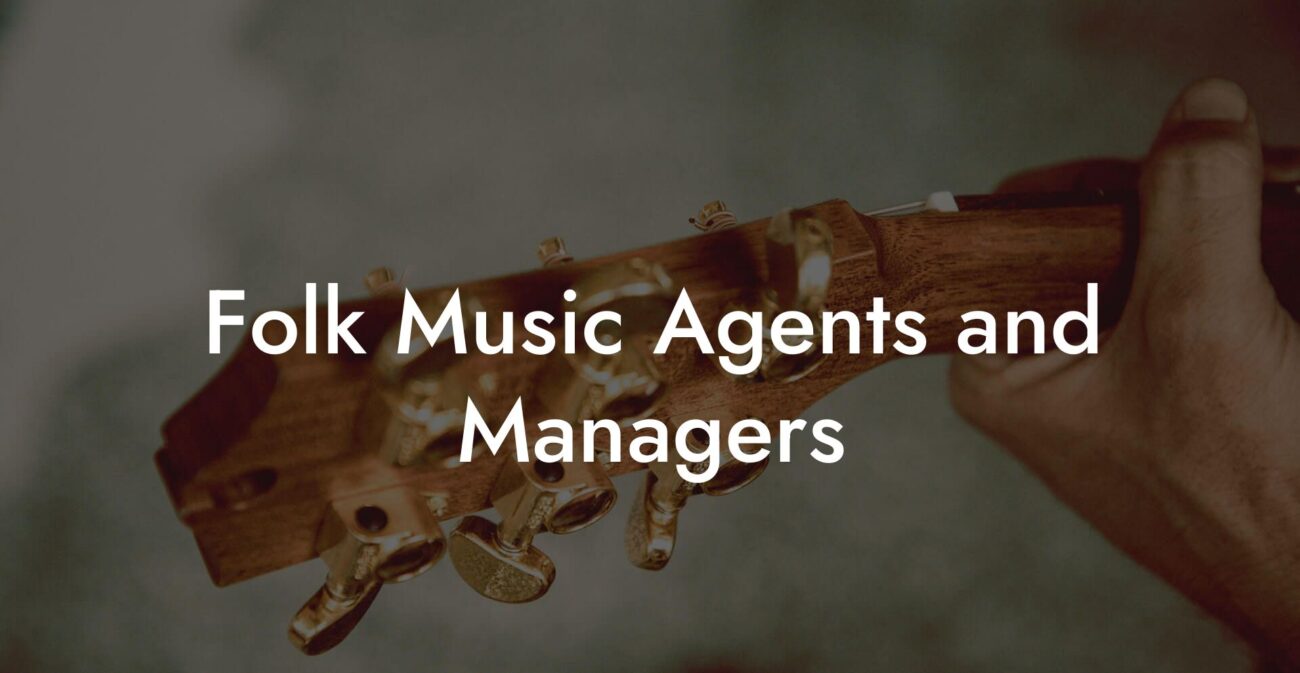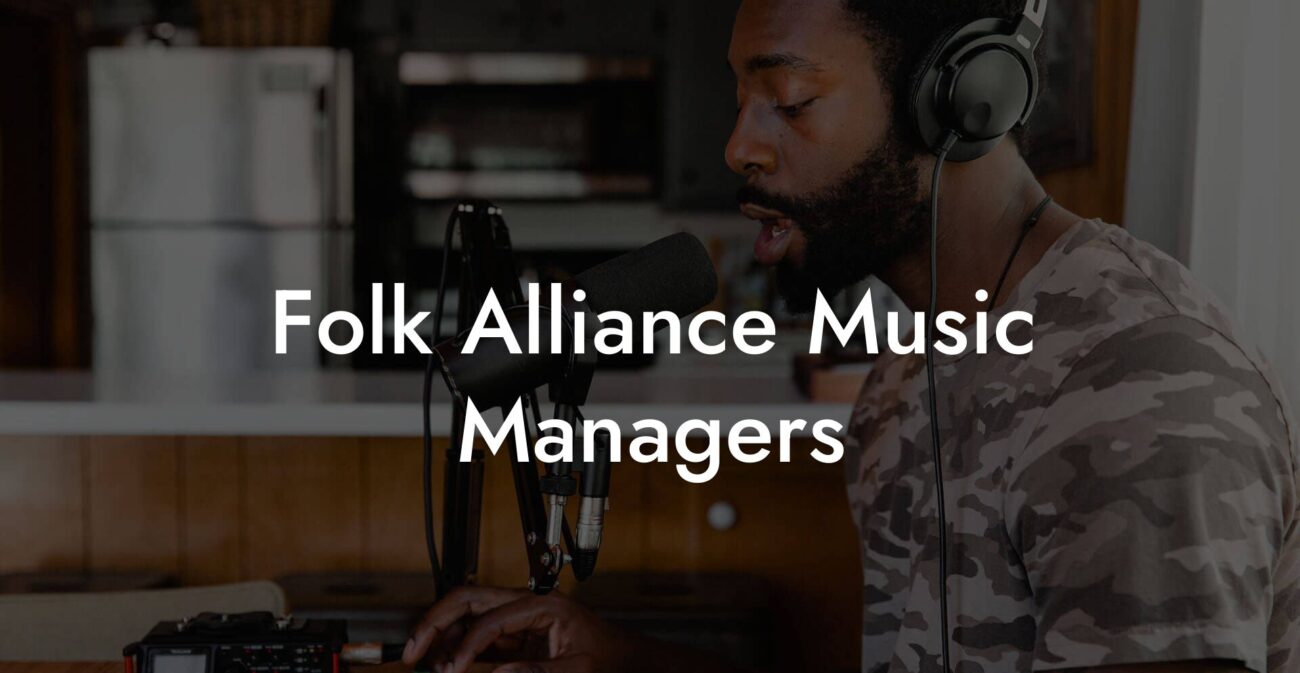Songwriting Advice
Song Writing Structure Template
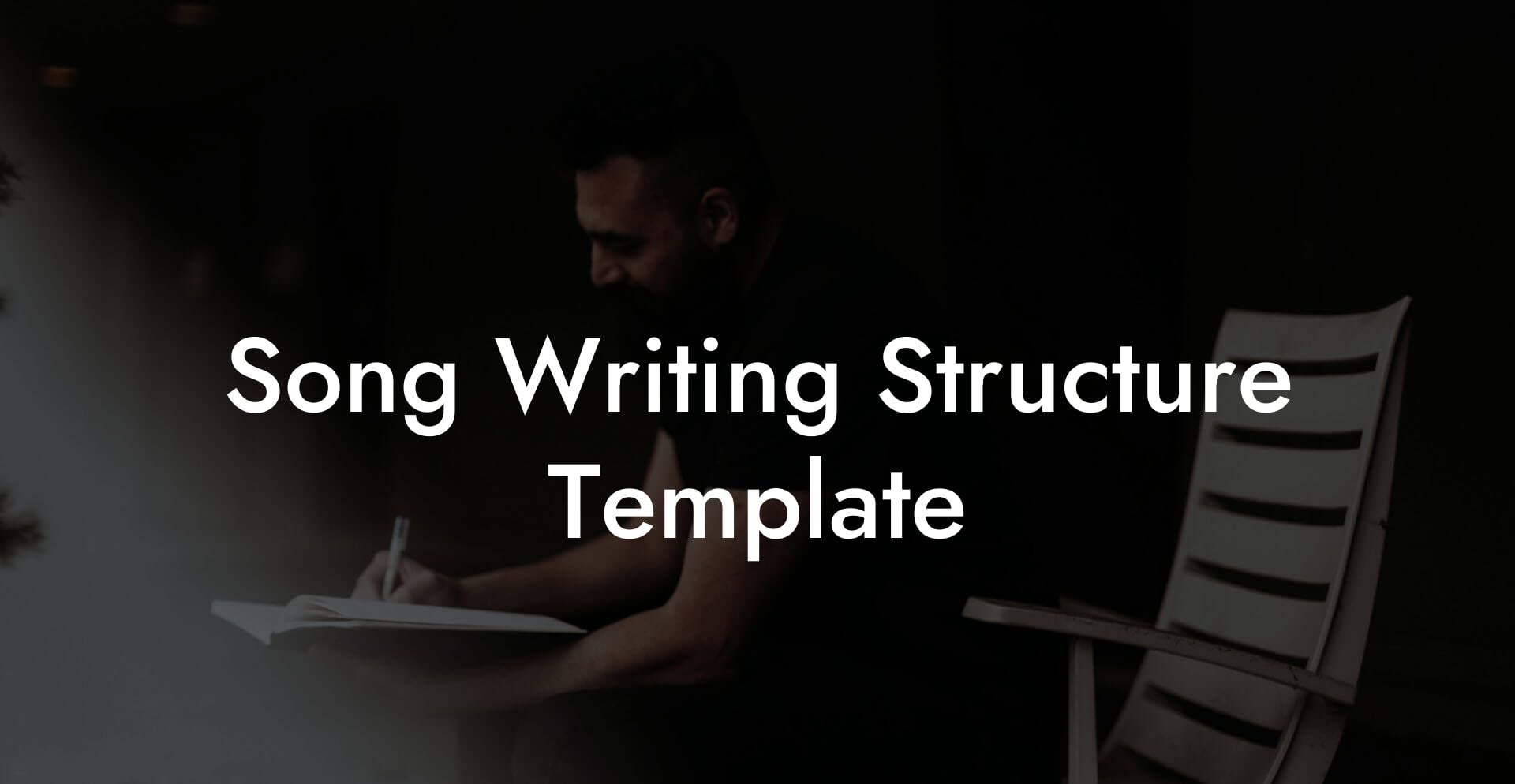
Want a blueprint that turns your idea into a full song without crying in your DAW? This is the playbook. Think of this article as a Swiss army knife for song structure. It contains ready to use templates, fill in the blanks, real world examples, and a ruthless checklist to finish songs faster. We will explain every term you need like you are hearing it for the first time while also giving battle tested workflows for writers who want concrete results.
Quick Interruption: Ever wondered how huge artists end up fighting for their own songs? The answer is in the fine print. Learn the lines that protect you. Own your masters. Keep royalties. Keep playing shows without moving back in with Mom. Find out more →
Quick Interruption: Ever wondered how huge artists end up fighting for their own songs? The answer is in the fine print. Learn the lines that protect you. Own your masters. Keep royalties. Keep playing shows without moving back in with Mom. Find out more →
Quick Links to Useful Sections
- Why Structure Matters More Than You Think
- Basic Terms Explained
- Classic Structures You Should Know
- Structure A: Verse Pre Chorus Chorus Verse Pre Chorus Chorus Bridge Chorus
- Structure B: Verse Chorus Verse Chorus Post Chorus Bridge Chorus
- Structure C: Intro Hook Verse Chorus Verse Chorus Breakdown Bridge Outro
- Structure D: AABA
- Modern Variations and When to Use Them
- Core Templates You Can Copy Right Now
- Template 1 Pop Hit Template
- Template 2 Hip Hop Trap Template
- Template 3 Indie Alternative Template
- Fill In The Blank Song Blueprint You Can Print
- Where to Place the Title and Why It Matters
- Lyric Story Map for Each Section
- Arrangement Maps You Can Steal
- Map 1: The Slow Burn
- Map 2: The Immediate Impact
- Map 3: The Dance Drop
- How to Use These Templates in a Session
- Real Life Scenarios and Examples
- Pop Short Form Example
- Hip Hop Example
- Indie Example
- Common Structural Mistakes and How to Fix Them
- Prosody and Placement Cheats
- Finish Faster With a Cut List
- Printable Section Map for Quick Reference
- FAQ
- Action Plan You Can Do in One Hour
This guide is for artists who want less guesswork and more songs that actually land with listeners. If you are a millennial or Gen Z writer who knows what a hook is but wants better control of song shape, you are in the right place. We will cover classic structures, modern variations, templates for different genres, arrangement maps, lyric placement strategies, and a fillable printable template you can steal right now.
Why Structure Matters More Than You Think
Structure is not a rulebook. Structure is a promise you make to the listener about how the story will move. Good structure turns repetition into comfort and surprise into payoff. Bad structure makes a five minute song feel like a lecture from someone who did not edit.
When you nail structure you control tension and release. You decide when the listener leans in and when they relax. Structure dictates where the hook lives, how verses build detail, and when the emotional payoff lands. It is the skeleton that supports melody, lyric, production, and performance.
Basic Terms Explained
We will use industry words. Here is a short cheat sheet so nothing feels like secret code.
- Hook. The most memorable musical or lyrical phrase. It can be a chorus, a post chorus, or an instrumental riff. If the song had a selfie moment, that is the hook.
- Topline. The vocal melody and lyrics on top of the track. If you remember the tune and words, you remember the topline.
- Pre chorus. A short section that raises energy into the chorus. Think of it as a speed ramp before the drop.
- Post chorus. A tag after the chorus that repeats a small earworm. It can be one word, a chant, or a melody loop.
- Bridge. A contrasting section that gives new perspective before the final chorus. It is also called a middle eight in older pop talk.
- Tag. A short repeated line at the end of a section. It is like the musical aftertaste.
- Form. The order of sections in the song. Example forms are Verse Pre Chorus Chorus Verse Chorus Bridge Chorus.
- Cadence. The sense of musical resolution at the end of a phrase. A strong cadence feels like a period. A weak cadence feels like a comma.
- Riff. A short repeating instrumental phrase. Riffs can act as hooks.
Classic Structures You Should Know
These are the patterns that have been tested on dance floors, playlists, and TikTok. Steal them, bend them, and then add your weirdness.
Structure A: Verse Pre Chorus Chorus Verse Pre Chorus Chorus Bridge Chorus
This is the tried and true pop shape. It gives room for story in the verses and a clear payoff in the chorus. Use this if you want a build and a satisfying return. The pre chorus acts as the ramp into the hook.
Structure B: Verse Chorus Verse Chorus Post Chorus Bridge Chorus
Hits that need the hook early use this. Drop the chorus first to grab attention. Post chorus lets you double down on a short chant or melodic tag. This structure is common in modern pop and EDM influenced tracks.
Structure C: Intro Hook Verse Chorus Verse Chorus Breakdown Bridge Outro
Use this for songs that open with identity. The intro hook sets the tone and becomes your signature. The breakdown provides contrast before a final emotional or sonic push.
Structure D: AABA
A is verse and chorus combined into a single continuous idea and B is a contrasting bridge. Classic in old school songwriting and still deadly when the A parts are strong. AABA works great if you want a narrative arc with one clear contrast moment.
Modern Variations and When to Use Them
Some modern hits change the rules. Here are variations that work depending on your goal.
- Short form. 90 seconds to two minutes. Great for streaming and social first releases. Use a hook in the first 20 seconds and keep it tight.
- Loop first. Start with a repeating hook or riff. Perfect for songs that live on repeat. Think of every listen like a carousel ride.
- Verseless. Chorus based songs without traditional verses. Can be great for dance or trap records where mood and vibe are the point.
- Fragmented. Non linear sections that repeat motifs rather than whole verses. Use this for experimental pop and alternative tracks.
Core Templates You Can Copy Right Now
Below are fillable templates. Each template includes a simple timing guideline, typical instrumentation, and a lyrical note so you know where to put the story beats. Copy, paste, and jam. Replace bracket text and you are halfway done.
Template 1 Pop Hit Template
- Intro 0 0 0.5 bars: 8 to 16 seconds. Instrumental motif. Give the listener a character.
- Verse 1: 30 to 45 seconds. Low dynamic. Introduce character and object detail.
- Pre Chorus: 8 to 12 seconds. Increase rhythm and lyrical anticipation.
- Chorus: 30 to 40 seconds. Hook. Title lands here. Open vowels, higher range.
- Verse 2: 30 seconds. New detail. Show consequence, not repeats.
- Pre Chorus: 8 to 12 seconds. Same melodic material with slight variation.
- Chorus: 30 to 40 seconds. Add one new production layer.
- Bridge: 20 to 30 seconds. Contrast lyrically and harmonically.
- Final Chorus: 40 to 60 seconds. Add vocal harmonies or a countermelody. End on tag or fade.
Typical instrumentation: acoustic or electric guitar, piano, synth pad, kick, snare, hi hat, sub bass. Lyrical note: verses add objects and tiny scenes. Chorus states the emotional promise in plain speech.
Template 2 Hip Hop Trap Template
- Intro hook riff: 8 to 16 seconds. Riff or vocal tag looped with beat.
- Verse 1: 16 to 32 bars. Rapped verses. Tight internal rhyme and punch lines.
- Pre Hook: 4 to 8 bars. Short melodic lift that leads into hook.
- Hook Chorus: 8 to 16 bars. Sing or chant the hook. Keep cadence strong.
- Verse 2: 16 to 32 bars. Build story or flex different angle.
- Hook Chorus: 8 to 16 bars. Add ad libs. Keep energy consistent.
- Breakdown or Trap Bridge: 8 bars. Beat switch or vocal switch.
- Final Hook: 8 to 16 bars with doubled vocals and extra percussion.
Typical instrumentation: heavy sub bass, 808 kicks, hi hat rolls, sparse keys or synths, vocal chops used as rhythm. Lyrical note: punch lines early. Use pre hook to let the chorus breathe.
Template 3 Indie Alternative Template
- Intro: 8 to 20 seconds. Texture and mood. Could be noisy or intimate.
- Verse 1: 30 to 40 seconds. Narrative details and unique images.
- Chorus: 30 seconds. Hook may be phrase based or melodic riff.
- Verse 2: 30 seconds. Shift perspective or add a visual change.
- Chorus: 30 seconds. Add harmonic lift or new backing vocal.
- Bridge or Instrumental: 20 to 40 seconds. Space for an instrumental statement.
- Final Chorus / Outro: 30 to 90 seconds. Could be repeated until fade or end with a startling final line.
Typical instrumentation: guitars, live drums, synth textures, string pads. Lyrical note: focus on scenes and a poetic title. Let the arrangement reflect emotional shifts.
Fill In The Blank Song Blueprint You Can Print
Grab a page and fill this out before your first jam. It will stop you from meandering for two hours then giving up because nothing decided to happen.
- Title: [__________]
- Core Promise in one line: [__________] For example I am leaving tonight and I will not look back
- Hook lyric: [__________]
- Hook melodic gesture description: [High note on title, repeated chant, short riff]
- Form: [Intro] [Verse 1] [Pre] [Chorus] [Verse 2] [Pre] [Chorus] [Bridge] [Chorus x2]
- Verse 1 detail 1: [Object] [Action] [Time or place]
- Verse 2 new image: [__________]
- Bridge new angle: [__________]
- Production tag: [One sound or trick that repeats] For example a toy piano riff or a filtered vocal chop
- First hook moment timestamp target: [00 20] land the hook by 20 seconds
Filling this blueprint before you write saves time. You will immediately know where to put the big line and where to tuck small images. Yes this feels like homework, but the result is a song that does not collapse under its own ideas.
Where to Place the Title and Why It Matters
Your title is the handle people will use to find the song. It should be easy to sing and placed where the listener expects payoff. Here is a rule of thumb. Place the full title phrase in the chorus on a long note or a downbeat. Repeat it as a ring phrase. If you must hide the title, do not bury it in a busy line. Let it breathe so fans can type it into a search bar without resorting to the comment section for lyric help.
Lyric Story Map for Each Section
Think of the song as a short film with each section performing a specific job.
- Verse. Establish scene and small details. Use objects and noises. Give the listener a camera shot they can picture. Do not summarize emotion. Show it.
- Pre Chorus. Raise stakes or compress action into a single line that wants resolution. This is the tension builder.
- Chorus. Deliver the emotional thesis. One line that reads like a meme when repeated is a win. Keep it plain and strong.
- Post Chorus. Offer a repeatable earworm or a small melody that reinforces the chorus.
- Bridge. Provide a twist. Either a new emotional detail or a reversal. The bridge can change key, perspective, or beat to refresh interest.
Arrangement Maps You Can Steal
Arrangement is how you dress the structure with sound. Here are three quick maps you can apply to your templates. They tell you when to remove and when to add layers so the listener feels movement even when the chords repeat.
Map 1: The Slow Burn
- Intro: one instrument motif
- Verse 1: add bass and light percussion
- Pre Chorus: add snare fill and pad
- Chorus: full drums and harmonic layers
- Verse 2: keep chorus energy with a muted instrument to prevent drop out
- Bridge: strip to one or two instruments
- Final Chorus: add countermelody, doubled vocal, and extra percussion
Map 2: The Immediate Impact
- Intro: hook riff plus beat
- Verse 1: maintain beat, pull back harmonic instruments
- Chorus: add vocal doubles and synth swell right away
- Post Chorus: repeat hook with vocal ad libs
- Bridge: beat switch or key modulation
- Final Chorus: call back the intro riff as a tag
Map 3: The Dance Drop
- Intro: short motif then immediate drop
- Verse: beat and bass only
- Pre Chorus: build tension with filter and snare rolls
- Chorus drop: full synths, side chain movement, vocal chops
- Breakdown: remove kick for one or two bars then drop back
- Final chorus: maximum energy with extra ad libs and repeated hook
How to Use These Templates in a Session
Follow this practical workflow the next time you write. It keeps decisions small and forward moving. Also it prevents you from deleting the entire session at midnight while regretting life choices.
- Start with the blueprint. Fill the title, the core promise, and the hook lyric.
- Create a two chord loop for 60 seconds. Decide whether you want immediate hook or build. Choose the template that matches that choice.
- Do a vowel topline pass. Sing nonsense vowels over the loop for two minutes and mark the moments that feel like repeats.
- Place the hook phrase on the most singable vowel line. Make sure the title lands on a strong beat.
- Write verse 1 using the camera rule. Put an object, an action, and a time or place crumb. Keep it concrete.
- Write a pre chorus that tightens the syllables and points at the title. Keep words short and urgent.
- Record a quick demo. If the chorus does not hit, move the melody higher or make the rhythm wider.
- Draft verse 2 with a new detail that changes how the chorus reads. Add bridge idea and test a different harmony or chord change there.
- Finalize form map with timings and arrangement notes. Export a rough guide track for producers or your own future mix session.
Real Life Scenarios and Examples
Stop reading for a breath. Imagine you have a lyric idea: I am leaving and I will not look back. Here are three quick ways to structure that idea depending on genre and attention span.
Pop Short Form Example
Form: Intro Hook Chorus Verse Chorus Outro Tag
- Intro Hook 10 seconds: vocal riff "I am gone" repeated
- Chorus 30 seconds: I am leaving, I am leaving, I lock the door and dance
- Verse 1 30 seconds: small scene with toothbrush and mail
- Chorus repeat 30 seconds: add harmony and a higher vowel
- Outro Tag 10 seconds: repeating vocal tag and toy piano
Hip Hop Example
Form: Hook Intro Verse Hook Verse Hook Breakdown Hook
- Hook: Short chant that repeats the title phrase "I am gone" over a simple beat
- Verse 1: Bar by bar detail about packing, leaving receipts under the seat, a sarcastic line aimed at the ex
- Hook: Add ad libs and a reversed vocal chop
- Breakdown: beat switch to minor interval then return to the hook
Indie Example
Form: Intro Verse Chorus Verse Chorus Bridge Reprise
- Verse: intimate camera shot of a plant turning away from light
- Chorus: title as a soft whisper on a long suspended note
- Bridge: a change in perspective, the narrator realizes they like the quiet
Common Structural Mistakes and How to Fix Them
Below are pain points we see every week and practical fixes that do not require revelation or a guru.
- No clear hook. Fix by writing the hook lyric and melody first on a vowel pass then forcing the chorus to repeat it twice.
- Verse repeats verbatim. Fix by giving verse two a new camera shot or one new piece of information that moves the story forward.
- Chorus does not lift. Fix by moving the chorus up a third, widening rhythm, or reducing lyric density so the phrase breathes.
- Bridge feels irrelevant. Fix by ensuring the bridge offers one of three things. A new chord, a new lyrical angle, or a sonic shift. If it does none of those, cut it.
- Song feels long. Fix by moving or trimming repetitive sections early. If the second chorus feels like an ending, either add bridge or end on that chorus.
Prosody and Placement Cheats
Prosody is the matchmaker between words and music. If stress points do not line up the song will feel off. Here are quick checks you can run in five minutes.
- Speak every line out loud at normal speed and mark the stressed syllables. They should land on strong beats or long notes.
- If a strong word is trapped on a weak beat, either move it earlier or later or change the melody to give it strength.
- Prefer shorter words for rapid lines and longer vowels for sustained notes. Words like go, leave, stay are excellent for hooks because they are punchy.
Finish Faster With a Cut List
Final edits are where hits live. Use this cut list like a scalpel.
- Delete any line that states an emotion instead of showing it. Replace with a concrete image.
- Cut any word that repeats information already given without adding a new angle.
- Remove any opening line that explains the whole song. Start in media res with the camera shot.
- Tighten the chorus to one to three lines. If it feels like a paragraph, it will not be a chorus.
- Test the first hook arrival. If it does not land by 30 seconds, find the earliest place to place it.
Printable Section Map for Quick Reference
Here is a quick visual you can copy into a note app. Each box is a section and you can write a short purpose in each.
- Intro: [Motif or hook] Purpose: [Identity]
- Verse 1: [Detail] Purpose: [Set scene]
- Pre Chorus: [Tension line] Purpose: [Lift]
- Chorus: [Title line] Purpose: [Emotional payoff]
- Verse 2: [New detail] Purpose: [Develop story]
- Bridge: [Twist] Purpose: [Contrast]
- Final Chorus: [Max energy] Purpose: [Closure]
FAQ
How long should each section be
There is no hard rule but typical lengths work because listeners expect them. Verses often run 8 to 16 bars. Pre choruses tend to be 4 to 8 bars. Choruses usually span 8 to 16 bars. For radio friendly songs target a total runtime between 2 minutes and 40 seconds and 3 minutes and 30 seconds. For streaming first tracks short form can be 90 seconds but you must hit the hook early.
Can a song work without a chorus
Yes. Verseless songs can succeed if they have a repeating motif or a strong instrumental hook. The job of the chorus is to provide a memorable payoff. If your song offers that payoff elsewhere it can still feel complete. This approach requires a strong sonic hook and tight repetition control.
Should I change chords in the chorus
Changing harmony into the chorus can create lift but it is not mandatory. You can also create lift by moving the melody higher or thinning textures in the verse. If you change chords, borrow a chord from the parallel key or move to the relative major for a brighter feel. Small harmonic shifts can feel huge with the right melody.
Is it okay to copy a structure from another song
Yes. Structure is a tool, not a crime. Use forms you like then put your voice, details, and production choices on top. The vast majority of hits share shapes. The difference is in the topline and the specific imagery.
Action Plan You Can Do in One Hour
- Pick one template above and fill the blueprint fields in five minutes.
- Create a two chord loop and do a two minute vowel topline pass.
- Place the hook phrase and sing it three times in a row. Record it. If it does not land, change one word.
- Write verse one using the camera rule and add one unique object.
- Draft pre chorus and chorus. Record a rough demo. If the hook stuck you now have a demo you can send to collaborators.

